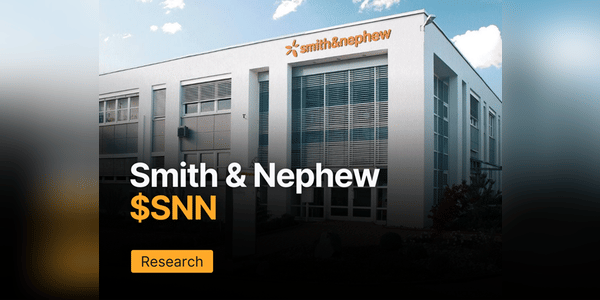The company, which is slumping to this year's lows after its latest quarterly results, was founded in 1856 in England by Thomas James Smith as a pharmacy. After his death in 1896, the company was taken over by his nephew Horatio Nelson Smith, who renamed the company Smith & Nephew. Today, the company specializes in the development, manufacture and distribution of medical devices and is one of the leaders in the industry.

Smith & Nephew operates in several key areas, including orthopedics, sports medicine, endoscopy and wound care. Its main products include artificial joints (hip and knee implants), sports medicine devices, endoscopic instruments and advanced wound care products.
The company places a strong emphasis on innovation and quality, enabling it to provide medical solutions that significantly improve patients' lives. With more than a century of history, Smith & Nephew is synonymous with reliability and excellence in healthcare, enabling it to maintain its market leadership and…